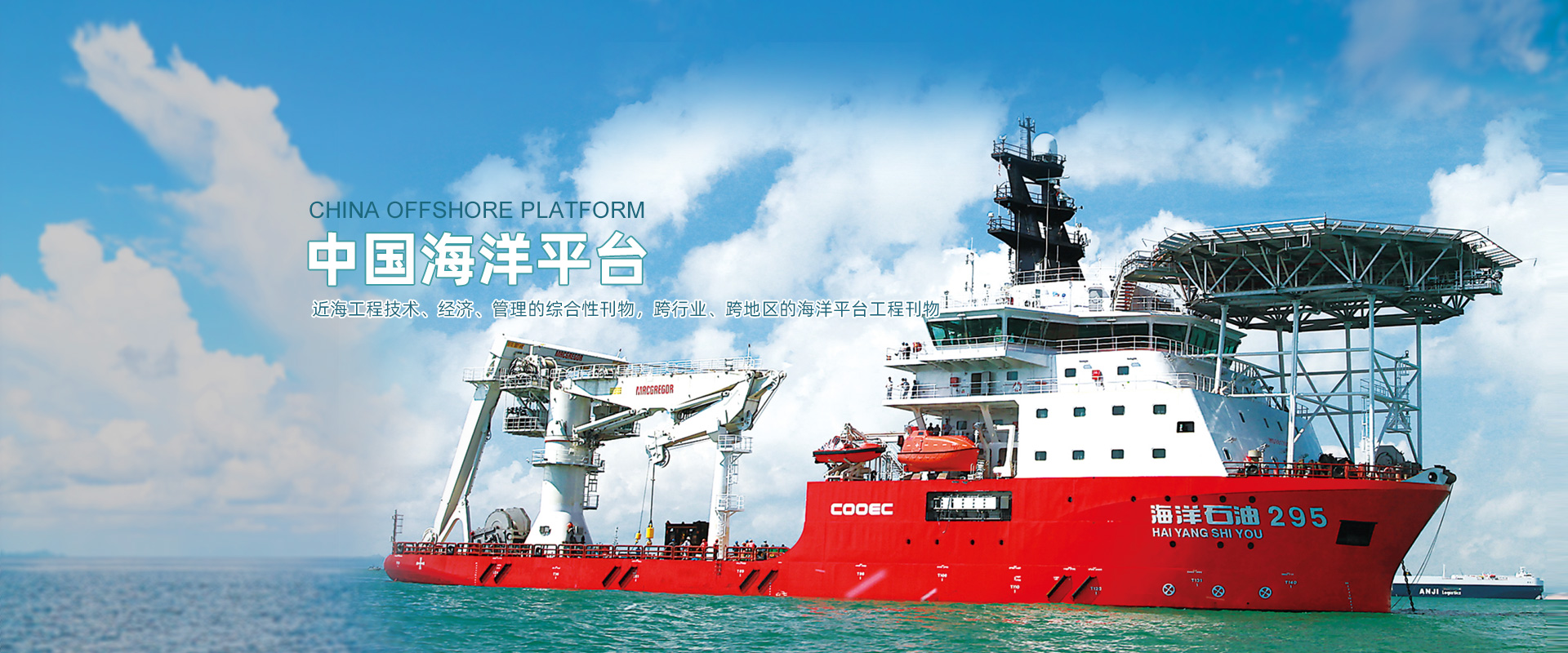Abstract:Taken a large Floating Production Storage and Offloading (FPSO) as an example, the key considerations between dry towage method and wet towage method are compared and analyzed. The dry towage analysis mainly includes the total longitudinal strength analysis, sea-fastening analysis and stability analysis. The wet towage analysis mainly includes the total longitudinal strength analysis, stability analysis and tug selection. The results show that these two towage methods are both technically feasible. Other factors such as the project duration, towage cost, insurance cost and risk analysis should be considered in the final towing scheme.
